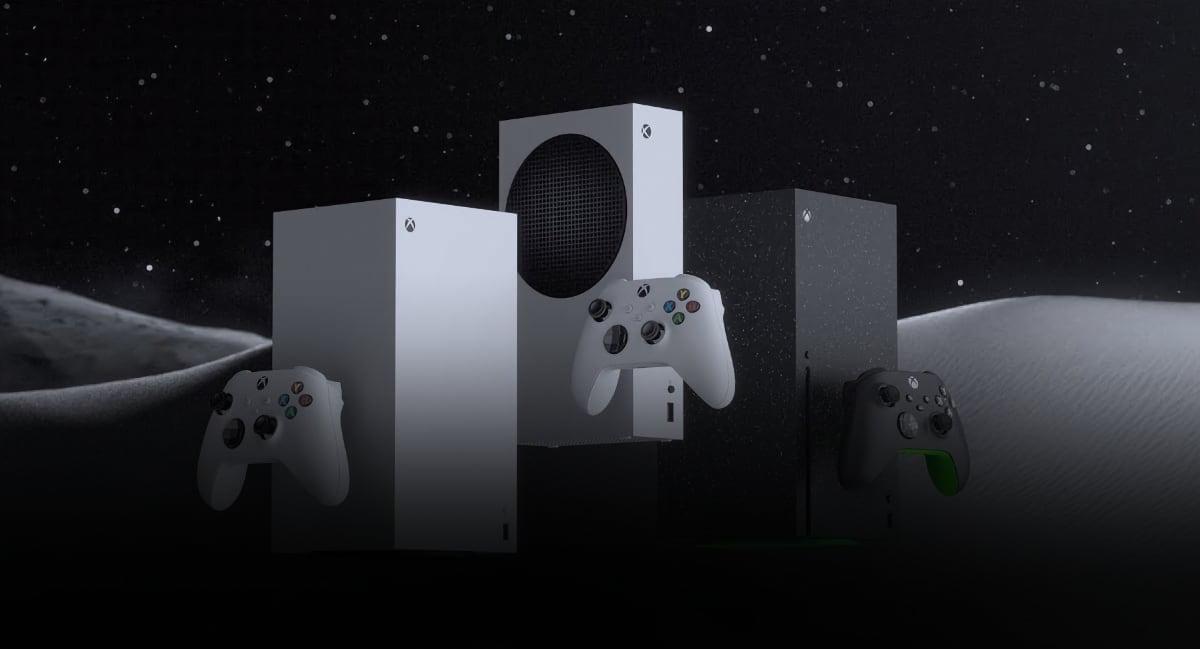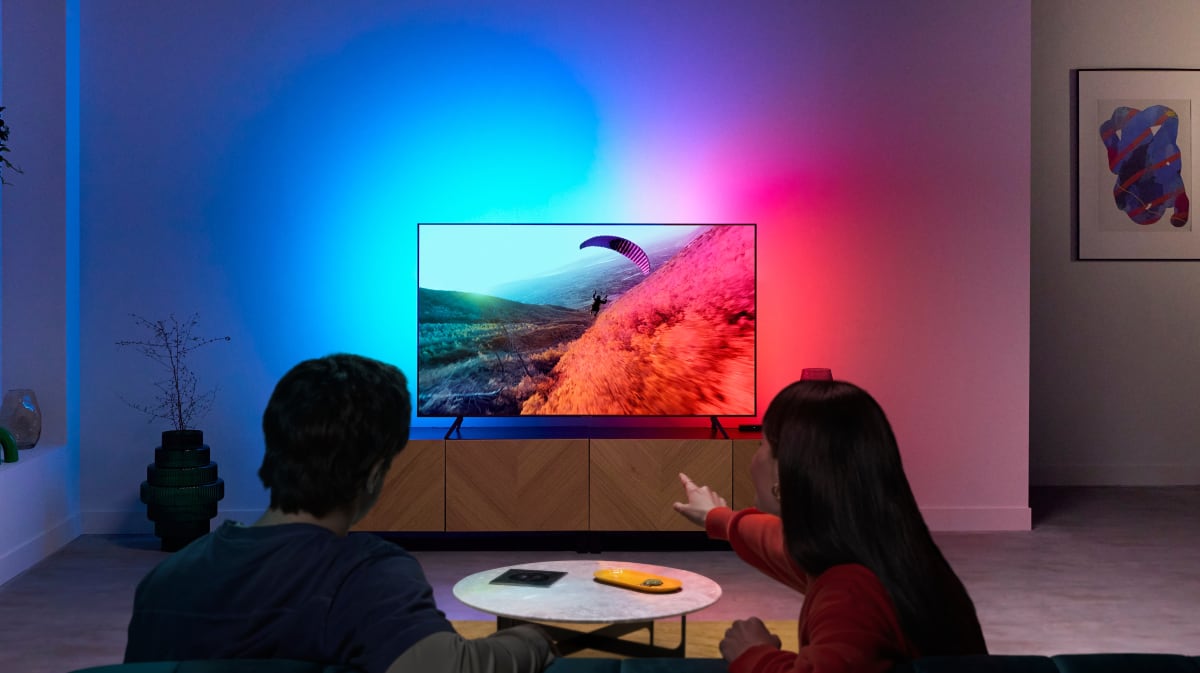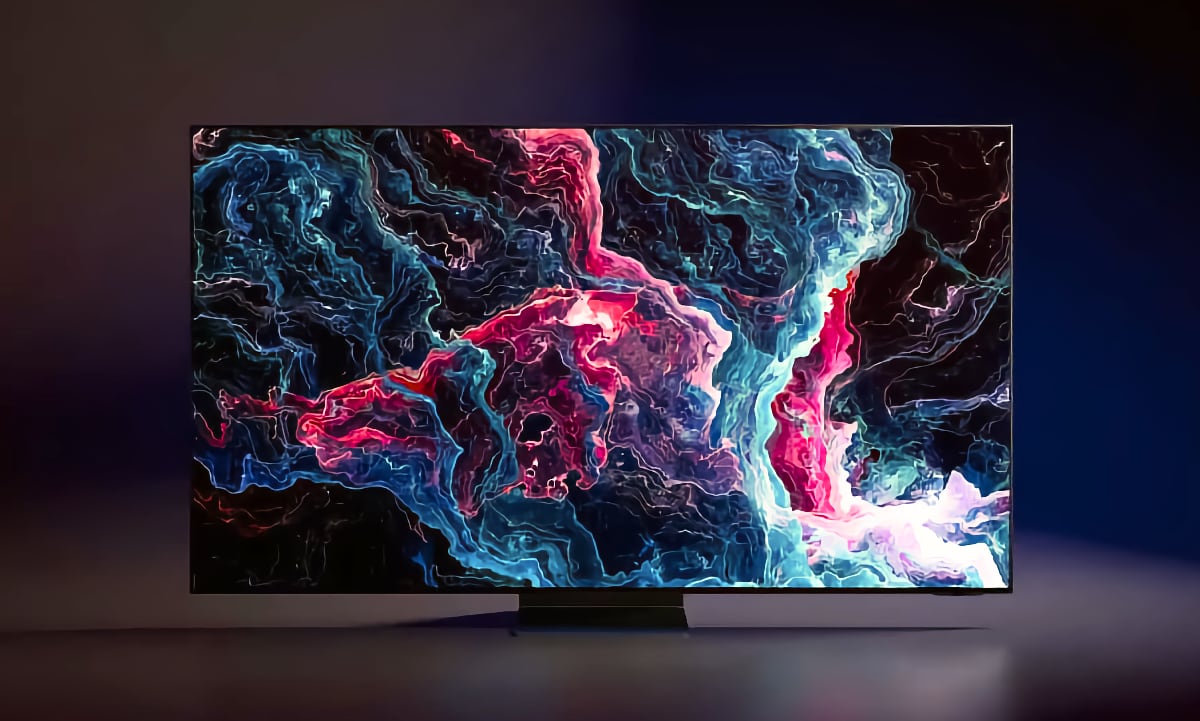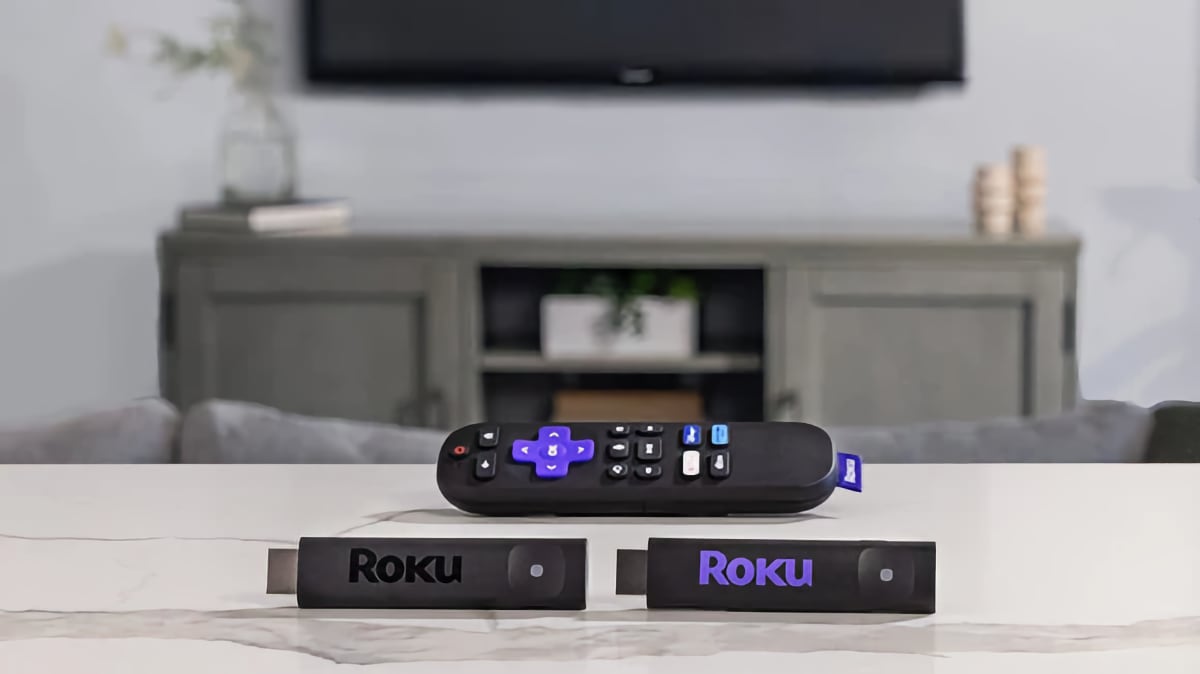The EU is taking its actions against Apple even further, mandating how Apple must open specific features to competitors and how it should launch new features going forward.
After forcing Apple to switch to USB-C ports, the EU issued two new decisions on March 19, 2025, under the Digital Markets Act (DMA), known as the interoperability obligation.
These decisions cover specific features including push notifications, headphone functionality and VR headset connections to the iPhone. For TV/AV, the focus is on media casting, specifically AirPlay.
AirPlay alternatives on iPhone
In essence, the EU demands that developers be able to integrate alternatives to AirPlay on the iPhone, allowing users to wirelessly cast media to TVs or audio systems.
- "Developers will be able to integrate alternative solutions to Apple’s AirDrop and AirPlay services on the iPhone. As a result, iPhone users will be able to choose from different and innovative services to share files with other users and cast media content from their iPhones to TVs," said the European Commission.
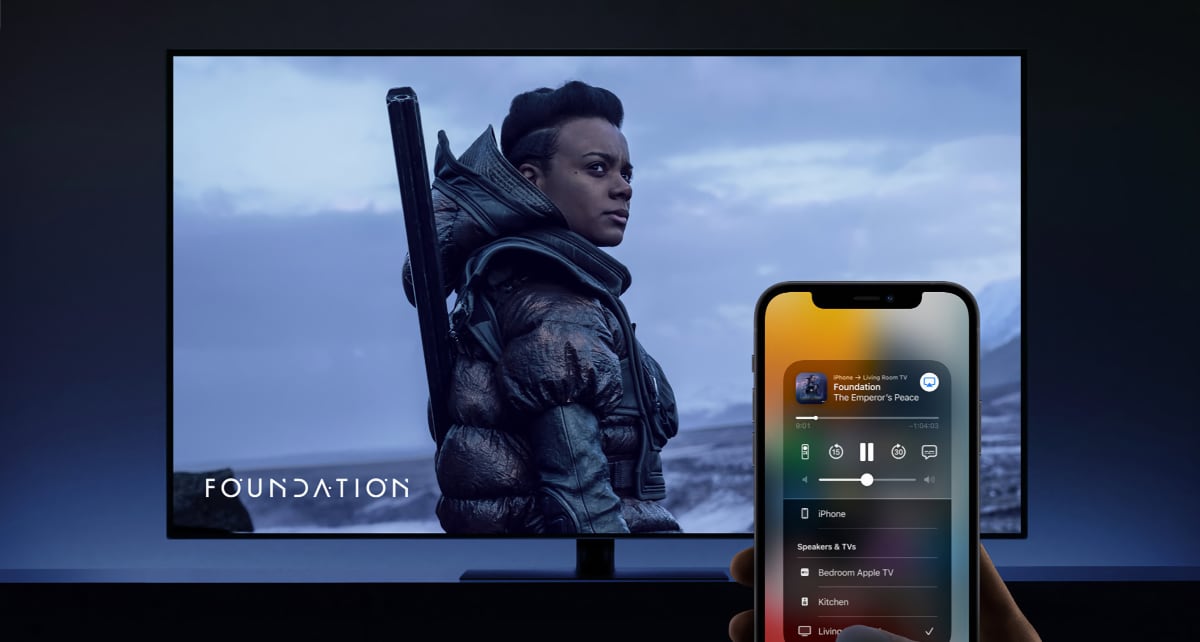
AirPlay lets you push media content, including video, wirelessly from an iPhone onto the TV. Photo: Apple
To some extent, developers can already do this without the new EU rules, which is why Google Cast (Chromecast) is already supported in most streaming apps. This is entirely up to the streaming app developer.
Amazon recently introduced an alternative to AirPlay and Google Cast.
According to the EU, the above must be implemented on iPhone by the end of 2026 in iOS 20.
Feature parity in the future
The EU also stated that Apple will be required to enable interoperability free of charge to third-party developers at the same time that new features are launched on iPhone.
Apple has responded to the EU decision with the following statement:
- "Today’s decisions wrap us in red tape, slowing down Apple’s ability to innovate for users in Europe and forcing us to give away our new features for free to companies who don’t have to play by the same rules. It’s bad for our products and for our European users. We will continue to work with the European Commission to help them understand our concerns on behalf of our users," said Apple via 9to5Mac.
EU's new decisions under the Digital Markets Act (DMA)
| Apple must implement the following:
Features for interactivity
- iOS notifications: this feature allows connected devices, such as smart watches, to show and react to iOS notifications.
- Background execution: iOS apps need to execute certain actions with respect to connected physical devices ‘in the background’, i.e. without the user looking directly at the app. For example, the iPhone can fetch the latest weather information and synchronise it to a smartwatch, without the need for active user interaction.
- Automatic audio switching: this feature allows users to switch between two devices, for example between a smartphone and a computer, when listening to audio with supported headphones.
Features for data transfers
- High-bandwidth peer-to-peer Wi-Fi connections: this feature provides allows to establish and use a high-bandwidth Wi-Fi connection between an iOS device and connected physical devices. This high-speed connection can be used to share large files between two devices, or to cast on an iPhone what can be seen on virtual reality glasses.
- Close-range wireless file transfers: this feature allows to access the same iOS-controlled features as Apple’s services in third-party file sharing apps, creating, for example, alternatives to AirDrop.
- Media casting: this allows developers to develop an alternative media casting solution to Apple’s AirPlay by granting them access to required software features in a non-discriminatory way to AirPlay.
- NFC Controller in Reader/Writer mode: this allows apps on an iPhone to communicate with connected devices, such as rings or bracelets, to provide them with information such as a user’s payment card details. The end user can then use the ring or bracelet in a shop to perform payment transactions like with a payment card - without the presence of the iPhone. Moreover, physical smart cards can easily be read for instance to activate or secure mobile banking.
Features for device set-up and configuration
- Proximity-triggered pairing: allows connected physical devices to pair with an iOS device through a simplified procedure. For example, when the user brings a new headset near the iPhone it should be able to pair immediately through a simple and streamlined procedure, independently of whether the headset is an Apple product or a third-party brand.
- Automatic Wi-Fi connection: allows to access information about local Wi-Fi networks saved on the iPhone allows connected physical devices to seamlessly join these networks.
Measures for all features
- All features on Apple will have to enable interoperability for any type of connected device, free of charge, via complete, accurate and well-documented frameworks and APIs.
- The interoperability solutions for third parties will have to be equally effective to those available to Apple and must not require more cumbersome system settings or additional user friction.
- All features on Apple will have to make available to third parties any new functionalities of the listed features once they become available to Apple.
- Apple will have to provide third parties with the technical assistance and report how it implemented the measures. |
FlatpanelsHD


